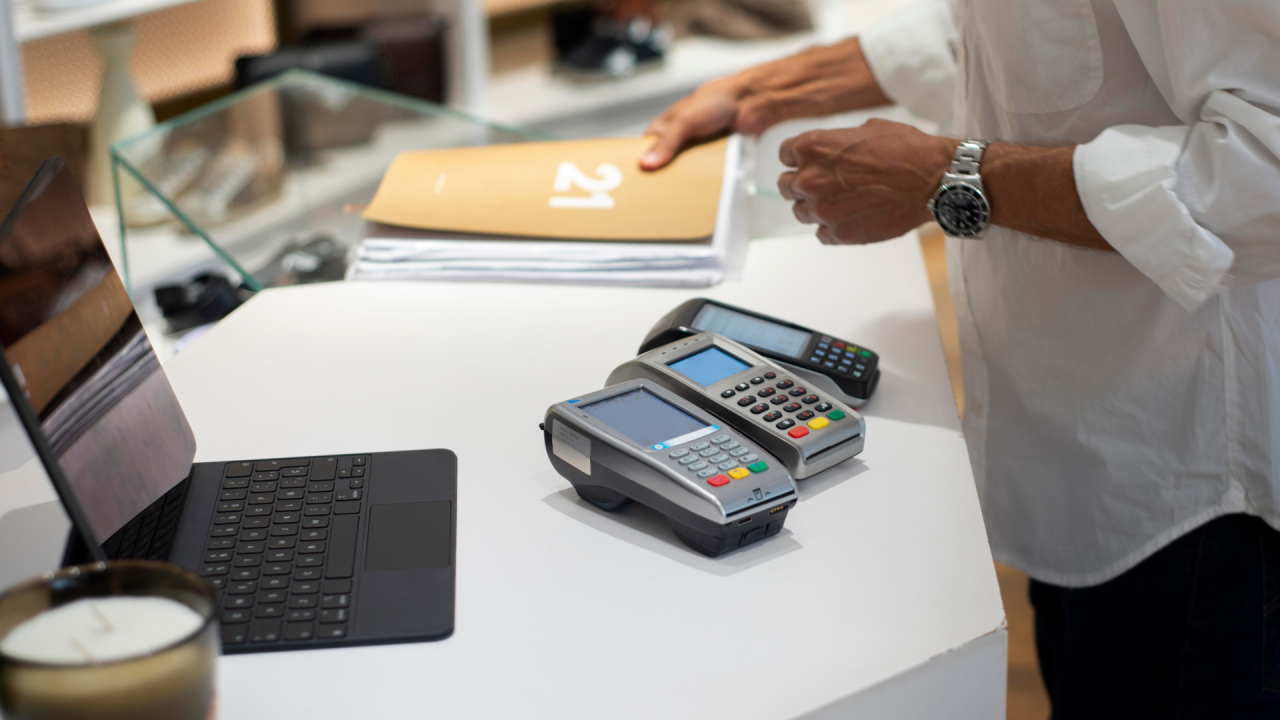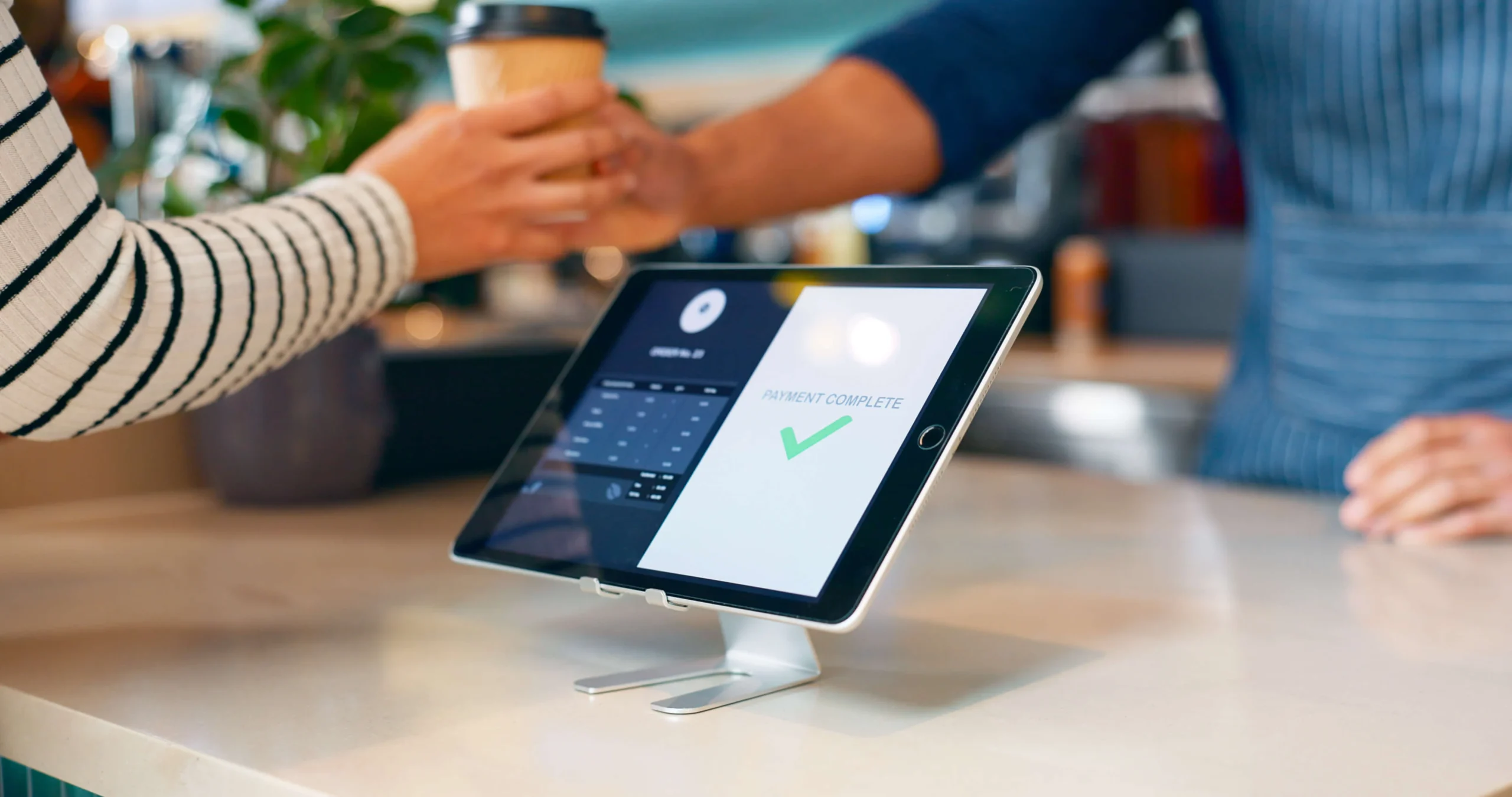How to Use POS Systems to Keep Your Grocery Store’s Stock Organized and Optimized

Inventory management is one of the most critical tasks in running a successful grocery store. Having accurate, real-time insights into your stock levels can help prevent stockouts, reduce waste, and ensure that your customers always have access to the products they need. However, managing inventory manually can be a time-consuming and error-prone process, especially as your business grows. This is where a modern Point of Sale (POS) system can make a significant difference.
POS systems today do much more than just process transactions. They can be powerful tools for keeping your grocery store’s stock organized and optimized, making inventory management more efficient, streamlined, and accurate. In this blog, we’ll explore how you can use a POS system to improve your grocery store’s inventory management.
1. Real-Time Inventory Tracking
One of the biggest benefits of a POS system is its ability to track inventory in real-time. When a customer makes a purchase, your POS system automatically updates the inventory count for the sold product. This immediate update ensures that your stock levels are always accurate, helping you avoid overstocking or understocking items.
For example, if a customer buys a pack of organic eggs, the POS system will instantly reduce the stock count by one. This real-time tracking eliminates the need for manual stock takes, which can be time-consuming and prone to errors. It also allows you to spot trends quickly, such as popular items that are selling out faster than expected, giving you a better understanding of demand.
2. Automated Stock Replenishment
A key challenge in inventory management is knowing when to restock items before they run out. Many modern POS systems come with automated stock replenishment features. These systems use preset thresholds to notify you when stock levels are low and automatically generate purchase orders for new stock.
For instance, you can set a rule that, when the inventory of a particular product falls below a specific threshold, the POS system will automatically alert you or even create an order with your suppliers. This helps ensure that your store doesn’t run out of high-demand products, reducing the chances of stockouts and lost sales.
Additionally, some POS systems allow you to track seasonal fluctuations and adjust stock levels accordingly. If certain products (such as holiday-themed items) sell more during specific times of the year, your POS system can take this into account when suggesting restocking quantities.
3. Detailed Product Categorization
Another key feature of modern POS systems is the ability to categorize products in a way that makes inventory management easier and more efficient. You can group products by type (e.g., dairy, produce, canned goods, etc.), brand, or supplier, making it easier to monitor stock levels across different categories.
By organizing your inventory in this way, you can quickly identify which categories are overstocked or understocked. This allows you to make data-driven decisions on restocking and promotions. For example, if your dairy section is running low on milk but has an excess of cheese, you can adjust your purchasing decisions or run promotions to move the excess stock.
Additionally, POS systems often allow you to track expiration dates for perishable goods. For grocery stores that sell fresh produce or dairy, managing products with shorter shelf lives is crucial to minimizing waste. Your POS can alert you when certain products are nearing their expiration dates, helping you move them more quickly or offer discounts to clear out inventory.
Also read: How to Use a POS System to Offer Discounts and Promotions in Your Pizza Shop
4. Advanced Reporting and Analytics
POS systems offer robust reporting and analytics features that provide deeper insights into your inventory. These reports allow you to track sales data, identify trends, and monitor stock turnover rates. By analyzing this data, you can make more informed decisions about purchasing, pricing, and stocking strategies.
For instance, you can run a report that shows which products are selling the most, which items are not selling as quickly, and which categories are consistently in demand. This data can help you optimize your inventory by stocking more of the popular items and less of the slow-moving ones, ultimately saving space and money.
POS systems can also help you forecast future demand based on historical sales data, seasonal trends, and promotions. This allows you to plan ahead for periods of high demand (such as holidays or special events) and ensure that you have the right stock levels at the right time.
5. Reducing Shrinkage and Loss
Shrinkage—when inventory is lost due to theft, spoilage, or administrative errors—is a common issue for grocery stores. A well-integrated POS system can help reduce shrinkage by providing more accurate inventory counts and tracking sales more closely.
Your POS system can detect discrepancies between the stock recorded in the system and the physical stock in your store. If there’s a significant difference, you can investigate whether the loss is due to theft, spoilage, or data entry errors. By identifying patterns, such as frequent discrepancies in certain product categories or during specific shifts, you can take action to address the root cause of the loss.
Some POS systems also integrate with security cameras and anti-theft systems, further helping to reduce shrinkage. In this way, a POS system can be a key tool in protecting your grocery store’s bottom line.
6. Streamlined Multi-Store Inventory Management
If you operate more than one grocery store, managing inventory across multiple locations can become complex. A modern POS system with multi-store functionality allows you to track inventory levels across all locations in real time.
This means you can easily see which stores are running low on specific items and transfer stock between locations as needed. This can help you optimize inventory levels across your entire chain, minimize waste, and ensure that all your stores are stocked with the products your customers want.
Conclusion
Efficient inventory management is crucial for the success of your grocery store. By integrating a POS system into your operations, you can keep your stock organized, optimize purchasing decisions, and reduce waste, all while improving customer satisfaction. With features like real-time inventory tracking, automated stock replenishment, advanced reporting, and shrinkage reduction, a POS system can help you streamline your inventory processes and keep your store running smoothly.
By leveraging the power of a POS system, you’ll be better equipped to meet customer demand, reduce costs, and ultimately, grow your grocery store business. So, if you haven’t already, it might be time to invest in a POS system that will help you take control of your inventory and ensure your store’s success for years to come.
Visit our site at www.dibtech.com.au
Visit our YouTube channel for tutorials Dibtech






